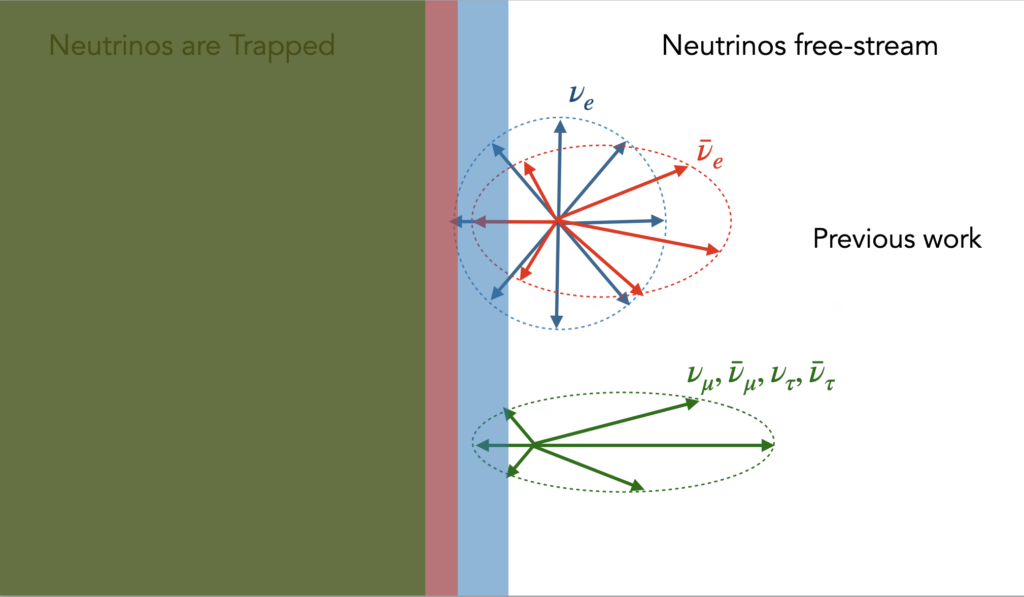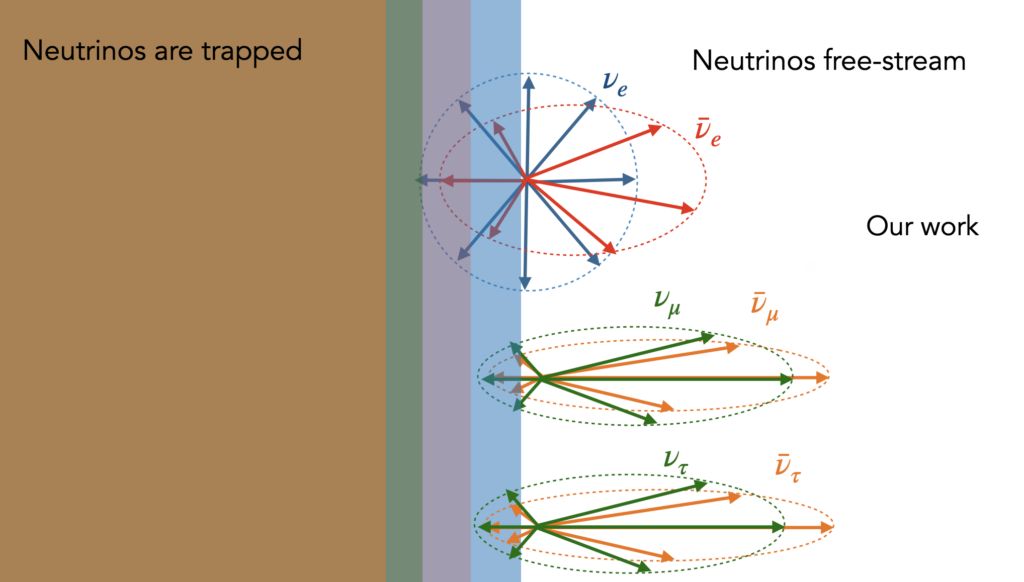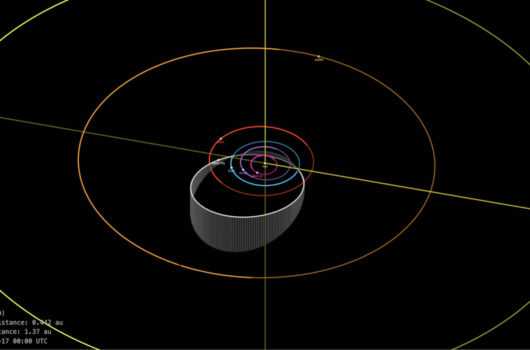Mu-Tau Neutrinos: Influencing Fast Flavor Conversions in Supernovae
Mysteries involving the interplay of tiny neutrinos and huge supernova explosions become more intriguing! During the cataclysmic explosion of a dying star — a supernova — millions of tiny subatomic particles called neutrinos are emitted. These neutrinos are emitted from deep inside the star, and can diffuse through the stellar envelope even when photons are trapped, and hence, act as the first messengers of a dying star.
Neutrinos carry away almost the entire energy of the star, and are believed to play a major role in the explosions of massive stars. While most studies till date focused on the electron neutrino — the neutrino associated with the electron — commonly ignored mu and tau flavor of neutrinos may hold the key to understanding the neutrino impact on supernovae explosions.
Neutrinos interact very weakly with the surrounding, as well as with themselves; however inside a star, the neutrino density is so high that they can interact with themselves. This causes different flavors of neutrinos leaving the dying stellar core to oscillate in unison in a coherent fashion. In some cases, these collective behaviors can become extremely “fast”, oscillations happening at nanosecond time scales and may rapidly introduce significant flavor conversions, impacting the explosion mechanism, nucleosynthesis, and supernova neutrino signal observed at the Earth.


Previous studies involving fast oscillations considered only the evolution of electron neutrinos, since the mu-tau neutrinos with ‘similar’ fluxes resulted in null impact. This work, for the first time, performed fast conversion simulations including all three neutrino flavors, and showed that even a tiny asymmetry in the mu-tau neutrino angular distribution can give qualitatively different outcomes in neutrino flavor evolution, thereby confirming the potential incompleteness of a two-flavor study. Interestingly, recent cutting-edge hydrodynamic supernova simulations including muons also indicate that such angular differences for the mu-tau neutrinos are plausible. Future updates of the muon supernova simulations will reveal the impact of the hitherto ‘inert’ mu-tau neutrinos in the saga of fast flavor oscillations.
The full study “Mu-Tau Neutrinos: Influencing Fast Flavor Conversions in Supernovae” was originally published in Physical Review Letters in December 2020. This introduction was prepared by N3AS Postdoctoral Fellow Manibrata Sen, senior author of the publication.
Read More:
Three flavors are better than one — in ice cream and supernova research (EurekAlert! article)



